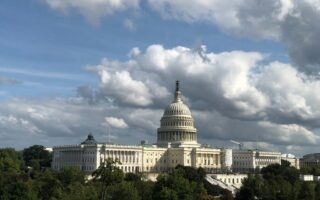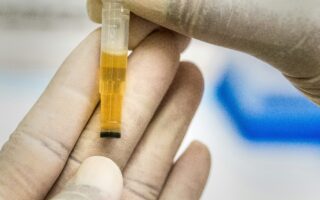Paid Time Off for Healthcare Workers Under OSHA’s Emergency Temporary Standard
By Kevin M. Mosher • Aug 17, 2021
Today’s tip is for healthcare industry employers! As you all probably know by now, back in June the Occupational Safety and Health Administration (OSHA) filed an emergency temporary standard (ETS) for healthcare workers. The ETS required healthcare facilities to implement a wide range of safety precautions, many of which healthcare facilities were already doing, like providing PPE to employees, screening patients and employees prior to entry, requiring social distancing, imposing physical barriers, removing COVID-positive individuals from the workplace, etc. However, in addition to standard safety policies, the ETS also requires employers to provide healthcare workers paid time off work in certain situations, which will be our topic of discussion for today.
When employees must be removed from the workplace
Under the ETS, employers must remove healthcare workers from the workplace if they test positive for COVID-19, have been told by a licensed healthcare provider that they are suspected to have COVID-19, are experiencing recent loss of taste and/or smell with no other explanation, or if they are experiencing both an 100.4+ degree fever and a new unexplained cough associated with shortness of breath. The ETS additionally requires employers to notify employees if they become aware that an employee has been exposed to COVID-19 in the workplace and remove them from the workplace for a period of time.
Determining pay and benefits while absent
During the time the employee is removed from the workplace, employers with more than ten employees must pay employees the amount they would have earned had they not been absent (up to $1,400 per week) and continue benefits until the employee is eligible to return to the work. For employers with less than 500 employees, on the third week of absence, the employee is entitled to 2/3 of their regular pay had they not been absent, up to $200 per day.
When employees can return to the workplace
Employees who test positive for COVID-19 can return to work in accordance with guidance from a licensed healthcare provider or the CDC’s “Isolation Guidance.” Exposed employees can return to work seven days after exposure if they test negative five days after the initial exposure, and employees who don’t test at all can return to work 14 days after exposure.
Time off for vaccination
Employers must support COVID-19 vaccination for each employee by providing reasonable time off and paid leave (for example, paid sick leave, administrative leave, etc.) to each employee for vaccination and any side effected experienced following vaccination.
Thompson Coe and myHRgenius Tip of the Week is not intended as a solicitation, does not constitute legal advice, and does not establish an attorney-client relationship.










